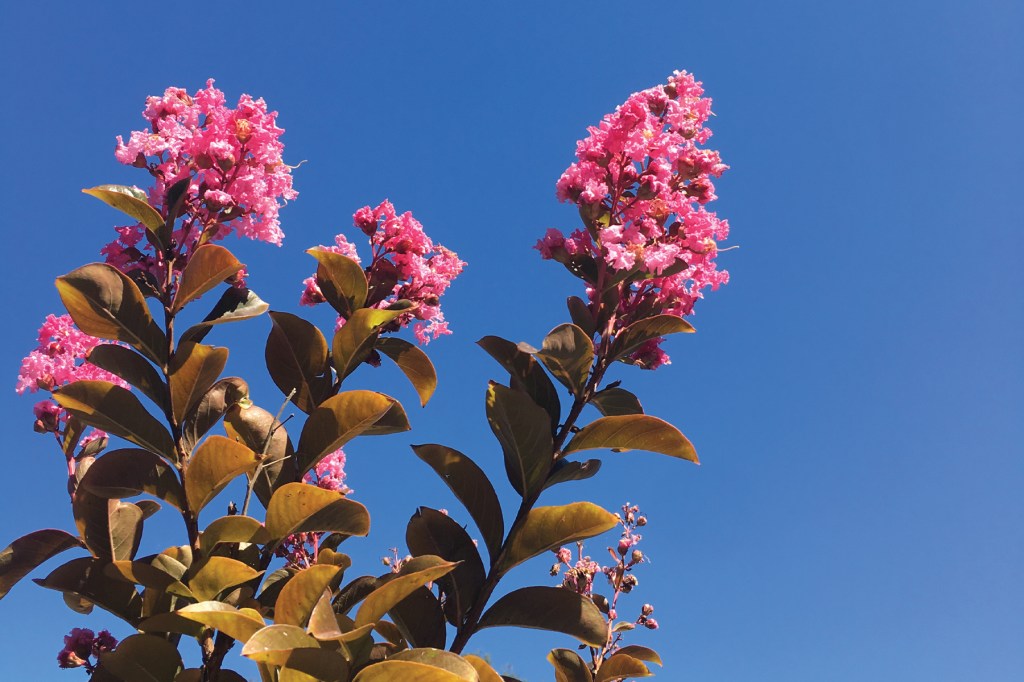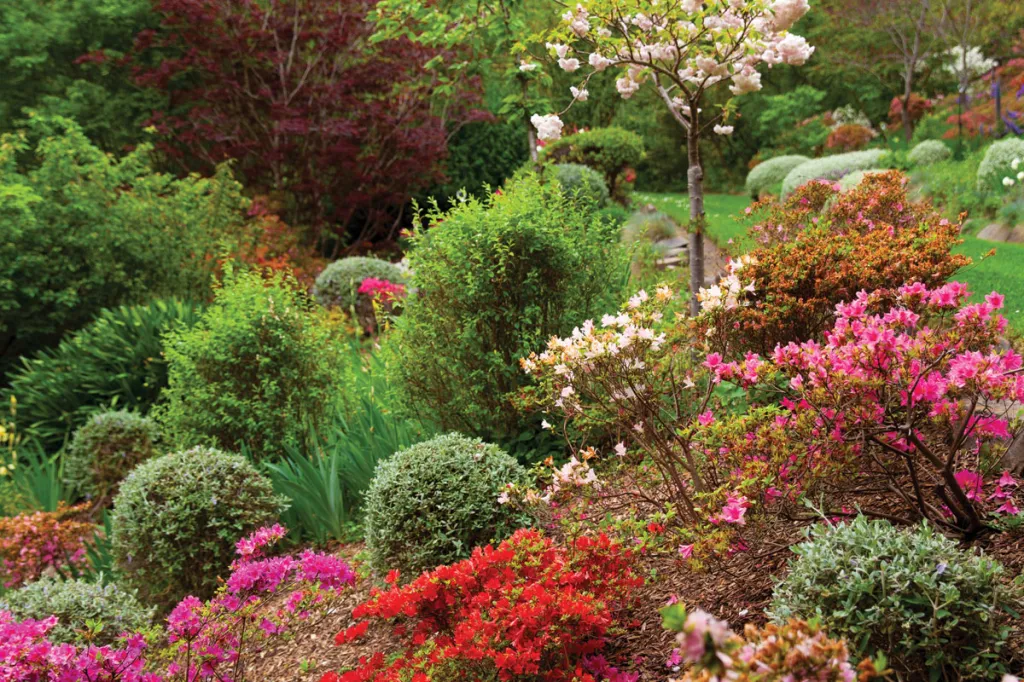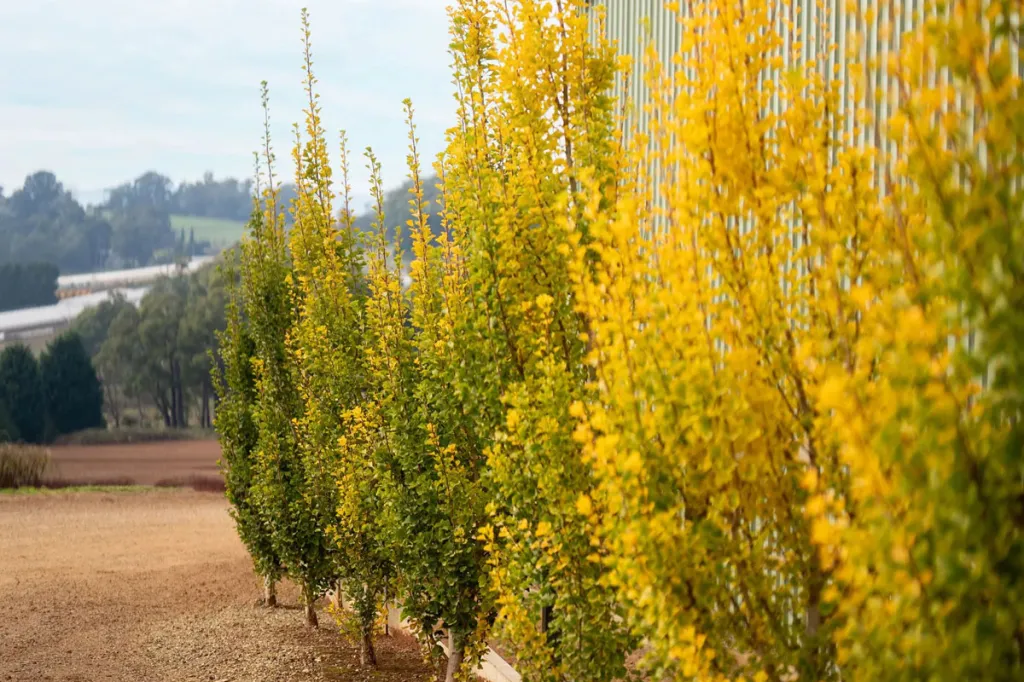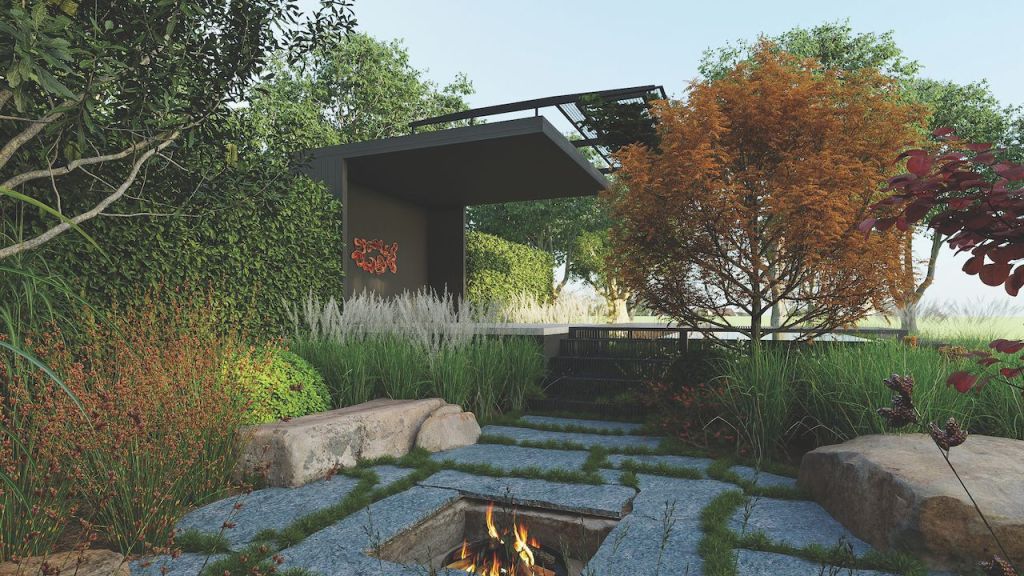When asked to write an article for the 20-year SALIFE Collector’s edition about my life with plants, I never realised the wonderful memories it would evoke. While life’s hustle and bustle often affords little time to stop and reflect, I am truly thankful for the opportunity to do so and to share snippets of my “green” journey.
Growing up in the then working-class suburb of Kingswood in the 1960s, life revolved around work, family and the yard – where the volume of smoke billowing from backyard incinerators on a Sunday afternoon defined your gardening prowess.
The earliest plant memory was watching my mother, Pat, planting and tending her beloved gerberas that lined our front emu-wire fence. Cut back and replaced when needed, their bright red daisy blooms created a dazzling display of which she was immensely proud.
I learnt from an early age that some plants provide pleasure and others pain. The Rhus tree in the front yard of our neighbour, Mrs Young, would put on the most spectacular show of scarlet and crimson autumn foliage, but it also contained a skin-reactive toxin. Unaware of this, just brushing past an overhanging branch while pregnant with my brother Robert, left my mum blistered, in severe pain, and bed-ridden for weeks.

A young Kim with his mother, Pat, and father, Faustas, pictured with the overhanging Rhus tree, which might have put on a spectacular autumnal display, but was also a toxic invader.
My father’s solution was to chat with the neighbour, break out the saw, don overalls and gloves, then take the small tree down carefully piece by piece. Mum recovered, a replacement plant was found, and all parties were happy.
Our state’s shopping hours in the 1970s allowed garden centres to trade over weekends while other retailers remained closed after noon on Saturdays. This exemption gave rise to large numbers of small and medium plant businesses dotted throughout most Adelaide suburbs. I remember visiting Kemp’s Nursery located at the corner of Cross and Belair roads, watching vegetable and flower seedlings dug from beds and wrapped in newspaper for transporting home. On one occasion, my father, Faustas, and I were tasked with selecting a Pittosporum and mandarine tree. After much deliberation and assistance from the staff, pulling plants in and out to assess their suitability, the prized ones were chosen. Home and planted, these beauties spent many years happily growing in our backyard and, for the mandarine, providing an abundance of delicious fruit for five Syrus boys.

When Kim Syrus was growing up, there were always jobs to be done in the garden. He is pictured, back right, with three of his brothers in their Kingswood backyard.
My hands-on connection with gardening coincided with the need for pocket money. Saturday and Sunday gardening rounds were a weekly financial and horticultural highlight. Gardeners are always happy to impart knowledge and Mrs Snow (Saturday) and Mrs Mellish (Sunday) were no different. Pointing out the difference between a weed and a much-loved plant was my first lesson. Once accomplished, then instruction on watering, fertilising and trimming followed. It was with much pride that bulbs I planted in winter would poke their heads up and burst into bloom, come spring. Though unappreciated at the time, I now understand the joy a weeded and neat garden gave to both my employers.
Time away from school and garden jobs was often spent building bikes constructed from spare parts found at the base of the Fullarton Dump – now McElligott’s Quarry Reserve, a picturesque park at the southern end of Fullarton Road. Riding these rattlers (very few wheels had tyres) around Brownhill Creek offered a carefree way to explore this tree-filled foothills delight. I can vividly recall the normally meandering Brownhill Creek roaring into a torrent as winter rains swelled its banks. Taking shelter from passing showers under majestic River Red Gums while the sound of crashing and splashing water filled the gullies.
Subscribe for updates

Kim’s life has been built around his love of plants.
Visits with the family after church, running around the lawns and magnificent oak tree near the entrance with my brothers, Brownhill Creek was, and still is, a much-loved plant-filled place, touched by many happy memories.
Typical of the teenage and early adult years, gardening took a back seat to sport, cars and well, other things, but the purchase of mine and my wife Jude’s home in 1982, rekindled a passion for gardening. Yard design and planting were followed by successive redesigns and replanting. In came the Australian natives with a promise of “no-maintenance” – how wrong! Then English-style with hollyhocks, aquilegia and other perennials was the rage. But gardens follow fashion and we dutifully did.

The large walnut tree in the Syrus backyard was a constant backdrop for family photos (Kim is pictured, far right, with three of his brothers).
A shift in employment from teaching to horticulture, encouraged by my late father-in-law Deane Ross, opened the world of roses, for which I am ever grateful to him. Species rose Bourbons, Noisettes, Rugosa along with other modern cultivars, became friends. I was hooked, purchasing land at Myponga and starting Corporate Roses in the late 1990s. As anyone who has ever started a business knows, it is a lot of hard work and sometimes heartache. I confess to having times of doubt and frustration. Standing in a field of freshly budded roses on a Christmas Eve with a bore that decided not to work ahead of a heatwave still brings back feelings of despair. Thankfully, our local electrician answered my SOS, and the sweet sound of impact sprinklers was welcomed by plants and proprietor alike.
Not wanting to be corny, but the future looks “rosy”. Recently awarded a Churchill Fellowship, my travel in 2024 will research how commercial rose producers can transition from growing traditional budded plants to ones grown from cuttings.

The walnut tree as it still stands today.
I’m sure everyone, given the opportunity to reflect, would have many wonderfully nostalgic plant-related stories to tell. Take a quiet minute – or 10 – and allow those memories to come to life. Likely, they will bring a smile to your face and a tear to the eye – it did with me.
This article first appeared in the December 2023 issue of SALIFE magazine.




